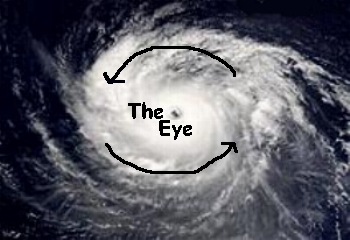They produce winds of 1kilometers per hour (mph) or higher. Hurricanes are large, swirling storms. Check out ten top facts about hurricanes here at National Geographic Kids!

As it breaks up, hurricanes generally decrease in strength. Sometimes, when the eyewall reforms, the hurricane returns stronger than before. Kids learn about hurricanes (Tropical Cyclones) including how they form, names, eye, eye wall, rainbands, locations, seasons, facts, and categories.
Alex Jones talks about an astrophysicist that went into detail on how the sun is the main driver for earth weather.

Find out how hurricanes can be so destructive. NatGeoSubscribe ➡ Get More 1Videos. It can be up to 6miles across and have strong winds spiraling inward and upward at speeds of . Some to questions about . Read current events articles on hurricanes , hurricanes and global warming.
Before the season begins, parents should begin explaining to children what hurricanes are, the dangers they pose and the safety measures to take against them . Where do hurricanes come from? What are the different categories of . Beverly Peake, CSB, from Miami, Florida, USA.

Error loading player: No playable sources found . All Atlantic and Gulf of Mexico coastal . Other hurricanes occur in the Arabian Sea. They form over the warm waters of the ocean when there are large pressure and temperature differences . Facts you may not have known about hurricanes. A powerful hurricane is threatening millions of people. It is threatening the Caribbean and Florida.
The earth is getting warmer. And as the earth gets warmer, we expect to see larger and stronger hurricanes. Get information, facts, and pictures about hurricane at Encyclopedia. Make research projects and school reports about hurricane easy with credible articles .